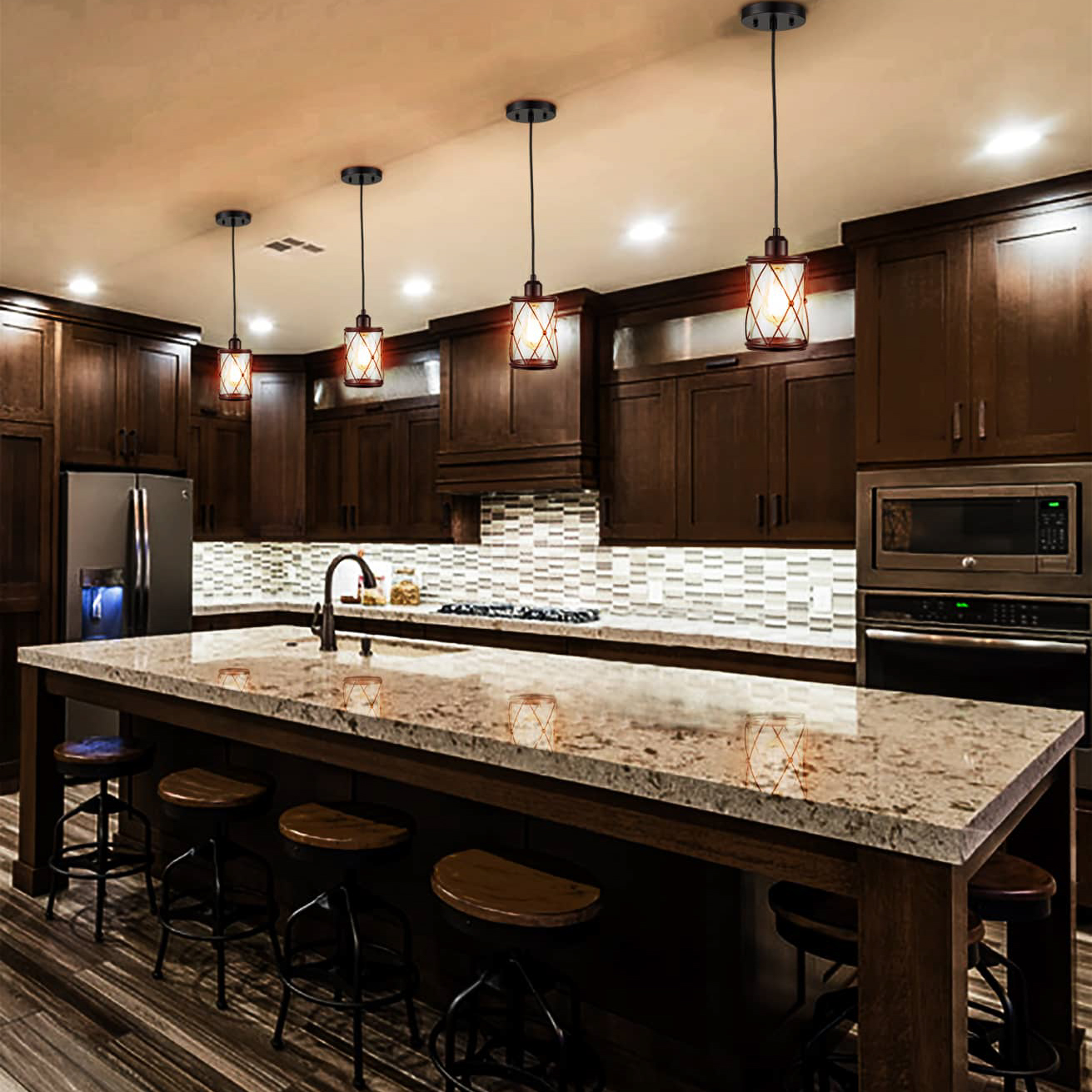Introduction
Schools are more than just physical structures; they are dynamic learning environments that shape the future of our society. In this context, lighting can have a profound impact on a student’s ability to learn and engage with the educational curriculum. Not only does it affect academic performance, but it also impacts students’ mental and emotional health. The right kind of lighting in classrooms and other educational spaces can transform the learning experience and lead to better outcomes. The purpose of this article is to discuss the concept of schoolhouse light in detail, including its advantages, variations, and latest trends.
What is Schoolhouse Light?
Schoolhouse light is a term used to describe a style of lighting that is specifically designed for educational settings. It typically consists of simple, yet elegant fixtures that were first used in the classrooms of the 1920s and 30s. These fixtures were characterized by their semi-flush mountings, dome-shaped shades, and timeless designs. Schoolhouse light fixtures were originally designed to provide a bright and even illumination that is essential for reading, writing, and studying. Today, schools are still using this style of lighting, and new variations have emerged to meet the needs of modern educational spaces.
Advantages of Schoolhouse Light
One of the biggest advantages of schoolhouse light is its brightness. It provides a very even illumination that is essential for detailed tasks such as reading, writing, and studying. It also eliminates shadows and glare, which can hinder visibility and lead to eye strain. The reduced glare makes it easier for students to concentrate on their work and stay focused in the class. Additionally, schoolhouse light fixtures produce a warm and inviting atmosphere that is conducive to learning. The style of the fixtures is simple and unintrusive, creating an unobtrusive aesthetic that contributes to a calm and orderly classroom.
Variations of Schoolhouse Light
While the original style of schoolhouse light fixtures remains popular, designers have expanded on the basic design to offer alternative variations. One significant variation is the use of LED technology. LED lights use significantly less energy and last longer than traditional incandescent bulbs. Moreover, LED lights allow teachers the ability to change the color of the light, which helps regulate circadian rhythms and promotes healthy sleep patterns.
Another popular variation is the use of pendant lights. These are ceiling lights that hang from a cord or chain and come in various shapes, materials and colors. They can be used in the classroom or educational facility to create a modern aesthetic while still providing adequate illumination.
Finally, functional lighting solutions are emerging, such as task lighting and mood lighting, which are designed to serve specific needs. Task lighting is typically used above desks or workstations to provide targeted illumination for writing or studying. Mood lighting is designed to create a more relaxed atmosphere in the classroom, which can help calm students and reduce stress.
The Latest Trends in Schoolhouse Light
The use of technology in schools is growing, and it’s no surprise that lighting technology is following suit. Mobile apps are available to control lighting, color temperature and brightness from smartphones, making it easier for teachers to customize the learning environment.
Furthermore, remote control lighting and smart sensors can reduce energy consumption by automatically adjusting the amount of illumination based on the natural light available.
The newest trend in schoolhouse light fixtures is the use of advanced color-changing technologies. Studies have shown that the color of light can affect mood, energy levels, and circadian rhythms. Manufacturers are offering RGB (red, green, blue) and tunable white light options, which allow users to change the color and intensity of light to suit their needs.
